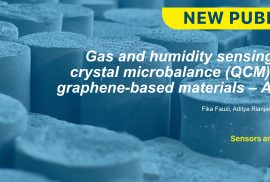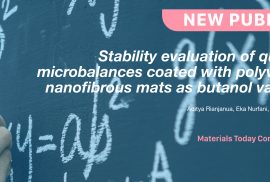Idham Syah Alam
Journal : Journal of Physics G: Nuclear and Particle Physics
Volume 49 Number 2 025002
Abstract
We investigate a left–right mirror model with SU(3)c × SU(2)L × SU(2)R × U(1)Y and a discrete symmetry, which introduces mirror fields that are copies of the standard model (SM) fields. The mirror fields have the opposite chirality to their SM counterpart fields. We also introduce singlet scalars as dark matter (DM). The new interaction between DM, SM fermions, and mirror fermions can account for DM abundance, charged lepton flavor violation, lepton anomalous magnetic moment, and flavor changing neutral current. We demonstrated that if we choose DM annihilation into muon as the dominant annihilation channel for leptophilic DM, both the observed DM abundance and the observed discrepancy between theory and experiment in the muon anomalous magnetic moment can be explained without contradicting the bound derived from charged lepton flavor violating processes. We briefly discuss how mirror fermions will be produced at the future linear collider, as mirror fermions can interact with neutral gauge bosons in this model. Finally, we discuss the lightest mirror neutrino decay mechanism, which will be highly abundant if stable.










